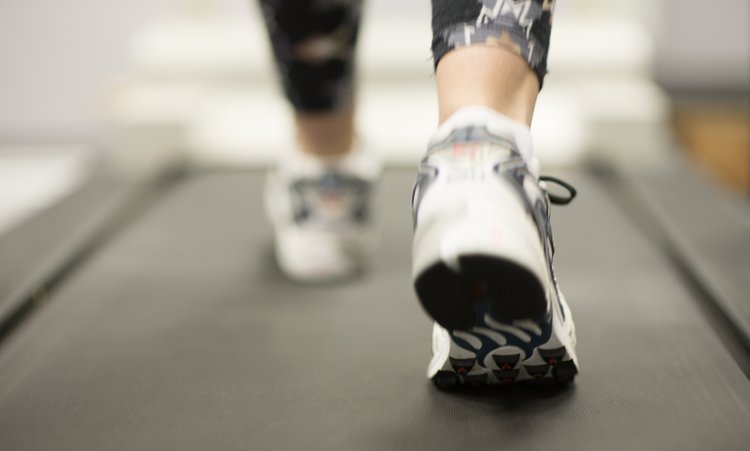Preventing Injury Through Gait Analysis Feb 16 2018

Most would agree that prevention is better than cure. People routinely visit their dentist to avoid tooth decay and those dreaded fillings. Annual health checks are now common place and companies like BUPA are actively encouraging and promoting various types of preventative health checks. And yet, many people will take up running, often with a view to doing a marathon with little to no preparation or thought as to how their biomechanical make up might detrimentally effect the way that they run.
Running a marathon is a tremendous physical challenge and few are lucky enough to have the perfect biomechanics and ideal gait for such a feat. Abnormal pronation or supination, a whole array of foot abnormalities, rotational imbalances of the upper or lower legs, leg length differences, flexibility deficits and core deficiencies are just a few of the many issues that can compromise running style so leading to a wide range of possible injuries.
The reality is that a basic treadmill test using video analysis will not show or allow for the accurate measurement of many types of gait abnormality. For this scientific quantitative gait analysis using 3d systems and in shoe pressure technology is required, something that is only offered by a few Centres in the UK. The London Podiatry Centre uses such technology to provide the executive physiotherapy team with extremely detailed gait reports that often provide the explanation for chronic injury so that the best treatment approach can be adopted. Increasingly, the Centre is now also providing injury prevention assessments for non-injured runners who want to remain pain free. The Centres preventive assessment often results in recommendations that can prevent injury through such measures as shoe change, specific muscle re-education and orthoses where indicated. The Centre uses advanced technology to scientifically test running shoes.
Our Centre uses 3d gait technology is to objectively measure abnormal pronation. For many runners the term pronation remains confusing and this is not helped by the lack of a true definition and the confusing way in which the term is used. This is in part because of the inaccurate, subjective ways in which most practitioners try to measure pronation. One cannot measure pronation accurately by means of a treadmill and camera and this can really only be achieved by extremely sophisticated tracking systems which follow the movement of the hind foot and forefoot. At the London podiatry Centre the hind foot is tracked so that we are accurately able to measure abnormal pronation in a variety of ways. One way is to track the height of the first metatarsal which makes up the inside of the arch. Another is to measure how long it takes fo the heel bone (calcaneum) to move from one direction (eversion) to another (inversion). Any value over 50% is consider abnormal and an indicator of abnormal pronation.
The previous example demonstrates just a few ways in which we track a joint in the foot and our Centre uses the same technology to evaluate all of the major joints in the legs and back. This type of indepth assessment will contribute to your biomechanical picture and help inform your decisions about the right type of footwear or even running style that you should adopt to help achieve your goal of successfully completing a marathon.
For more information please go to: gaituk.com
Share this post: